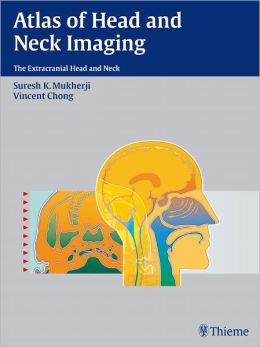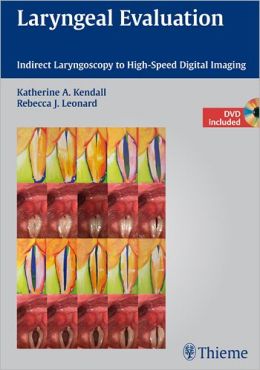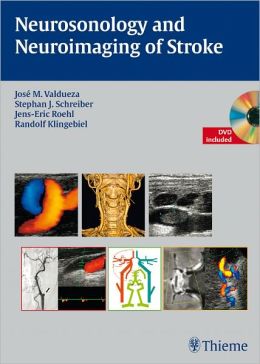-93%
Expanding Diagnostic Horizons: Advanced Imaging Techniques for Emergency and Trauma Care
In the realm of emergency and trauma imaging, constant advancements propel the field forward, equipping clinicians with groundbreaking techniques that enhance patient care. This article delves into the latest imaging modalities and their applications in acute settings, empowering medical professionals to confidently navigate the complexities of emergency care.
State-of-the-Art Imaging for Complex Polytrauma Assessments
The latest imaging protocols play a pivotal role in the rapid and accurate assessment of complex acute polytrauma patients. These advanced techniques enable clinicians to:
- Swiftly triage patients and prioritize interventions by identifying life-threatening injuries
- Distinguish between common anatomic variants and injury mimics, minimizing unnecessary procedures
- Pinpoint key imaging features of emergent brain, spine, and abdominopelvic pathologies
Thoracic Vascular Emergencies: From Recognition to Management
Thoracic vascular emergencies pose significant diagnostic and therapeutic challenges. With the aid of state-of-the-art imaging, practitioners can:
- Identify the telltale imaging features of acute aortic injury and pulmonary embolism
- Differentiate between emergent and non-emergent indications for interventional radiology consultation
- Understand the pivotal role of interventional radiology in diagnosing and treating common medical emergencies
Advanced Musculoskeletal Trauma Imaging: Unveiling Hidden Injuries
Musculoskeletal trauma often presents with subtle findings that can be easily overlooked. By employing targeted search patterns, clinicians can identify:
- Frequently missed musculoskeletal trauma findings
- Key imaging features of common musculoskeletal injuries
- The subtle nuances that differentiate benign variants from pathological findings
Emergencies of the Abdominopelvis: Imaging and Management
Advanced imaging plays a crucial role in diagnosing and managing abdominopelvic emergencies. These techniques allow clinicians to:
- Detect and characterize hemodynamic instability caused by abdominal trauma
- Pinpoint injuries to solid organs, bowel, and mesentery
- Diagnose genitourinary injuries and guide appropriate treatment
- Evaluate postpartum complications and minimize maternal morbidity
CNS Infections: Imaging for Early Diagnosis
Infections of the central nervous system (CNS) require prompt diagnosis to prevent devastating consequences. Advanced imaging modalities:
- Enable early identification of CNS infections, even in the presence of subtle clinical signs
- Provide detailed anatomical information, guiding targeted interventions
- Distinguish between different types of CNS infections, aiding in tailored treatment strategies
Time-Critical Neurological Emergencies: Imaging for Rapid Intervention
Acute stroke and other time-critical neurological emergencies demand immediate imaging for optimal outcomes. These techniques:
- Facilitate rapid diagnosis of acute stroke and guide prompt thrombolytic therapy
- Provide real-time information during endovascular procedures, maximizing procedural safety and efficacy
- Enable timely identification and management of other life-threatening neurological emergencies
Traumatic Brain Injury: Advanced Imaging for Comprehensive Evaluation
Traumatic brain injury (TBI) can have devastating consequences. Advanced imaging modalities:
- Detect subtle abnormalities associated with TBI, enhancing diagnostic accuracy
- Provide insights into the severity and extent of TBI, guiding therapeutic decisions
- Monitor disease progression and track treatment response, optimizing outcomes
Role of Interventional Radiology in Trauma Settings
Interventional radiology plays a crucial role in trauma management, both diagnostically and therapeutically. These techniques:
- Guide minimally invasive biopsies and drainages, reducing pain and minimizing procedural risks
- Offer advanced endovascular interventions, including embolotherapy and stent placement
- Address trauma-related complications, such as bleeding, organ perforation, and infection
Addressing Bias in Trauma Care: The Importance of Equity
Race and bias can introduce disparities in trauma care. This article underscores the importance of:
- Recognizing unconscious biases and their potential impact on patient outcomes
- Incorporating equity-focused strategies into all aspects of trauma care
- Creating inclusive environments that foster trust and promote optimal care for all patients
This comprehensive exploration of advanced imaging techniques in emergency and trauma imaging equips medical professionals with the knowledge and tools necessary to deliver exceptional patient care in the most challenging settings. By embracing these advancements, we can enhance diagnostic accuracy, expedite treatment decisions, and ultimately save lives.










Reviews
Clear filtersThere are no reviews yet.